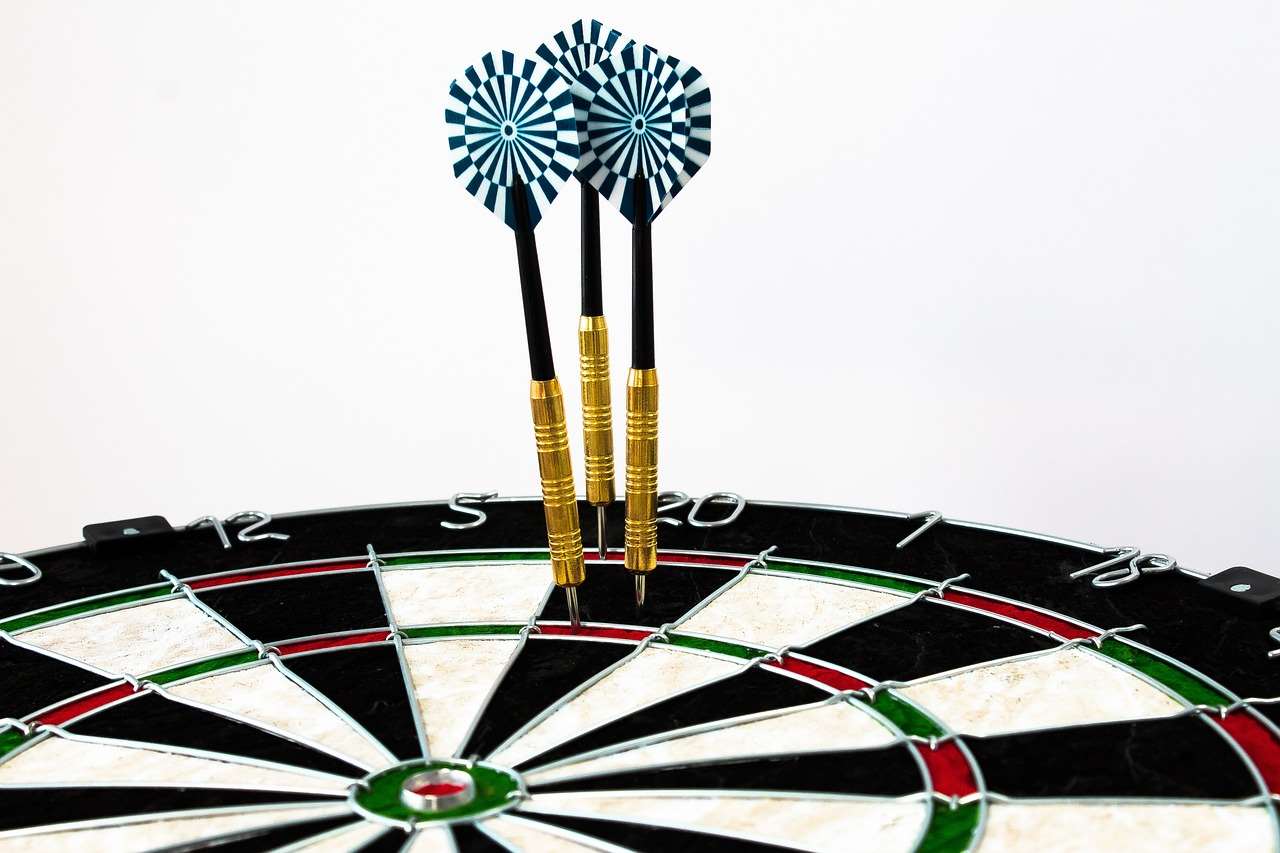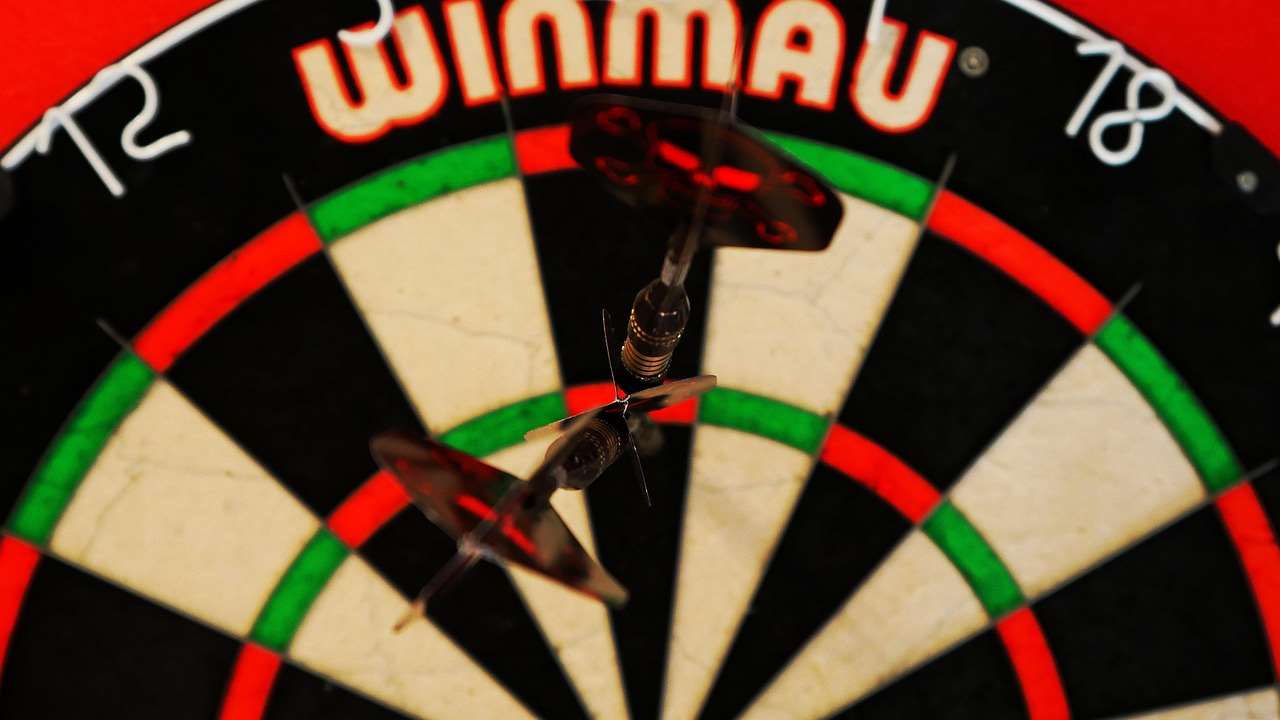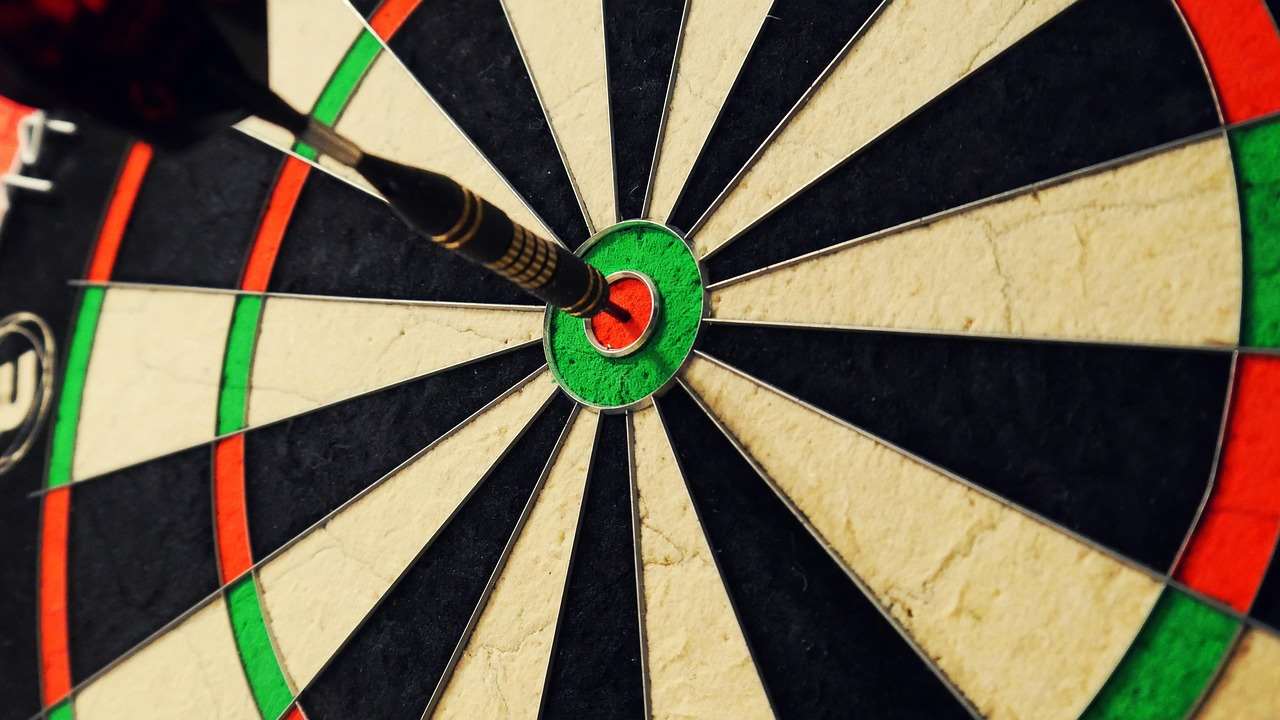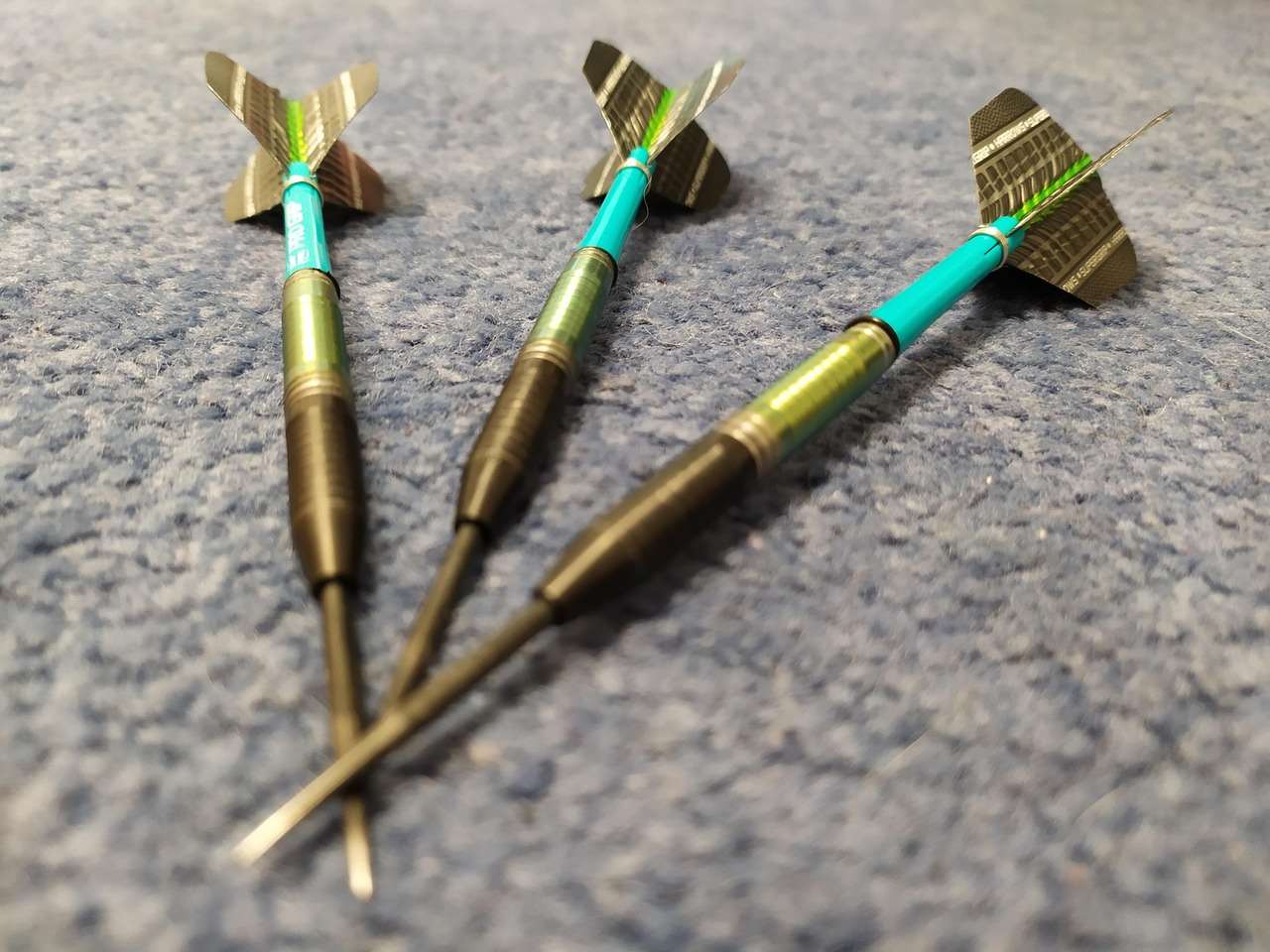Finding the best dart barrel grip is crucial for consistent accuracy and improved scores. This article will guide you through finding the perfect grip for your style, covering different grip types, and offering practical tips to enhance your throwing technique. We’ll also explore factors like dart weight and material to help you optimize your game.
⚠️ Still Using Pen & Paper (or a Chalkboard)?! ⚠️
Step into the future! The Dart Counter App handles all the scoring, suggests checkouts, and tracks your stats automatically. It's easier than you think!
Try the Smart Dart Counter App FREE!Ready for an upgrade? Click above!
Before we delve into the specifics of different grip types, let’s address a common misconception: there’s no single “best” grip that works for everyone. The ideal best dart barrel grip is highly personal and depends on your hand size, throwing style, and comfort level. However, understanding the various grip types will help you find what suits you best.
Understanding Different Dart Barrel Grips
Choosing the best dart barrel grip is a journey of experimentation and self-discovery. There are three primary grip types: the foregrip, the mid-grip, and the rear grip. Each offers a unique feel and impact on your throw.
The Foregrip
The foregrip involves holding the dart closer to the point, using your thumb and forefinger to control the dart’s trajectory. This grip provides more control and precision, especially for shorter throws, but can reduce the speed of the throw. It’s often preferred by players who prioritize accuracy over power. 
The Mid-Grip
The mid-grip, as the name suggests, involves holding the dart around its center of gravity. This provides a good balance between control and power, making it a popular choice among many players. This is often considered a versatile best dart barrel grip for many players. It allows for a smoother, more natural throwing motion. 
The Rear Grip
The rear grip involves holding the dart closer to the rear, offering maximum power but often at the expense of accuracy. This grip is favored by players who want to throw with significant force, and it’s common in games where power is a crucial element. However, mastering the rear grip for consistent accuracy can be challenging, so it might not be the best dart barrel grip for beginners.
Factors to Consider Beyond Grip Type
While the grip type is crucial, other factors contribute to finding the best dart barrel grip for you. These include:
- Dart Weight: Heavier darts generally offer more stability and power, while lighter darts provide more speed and maneuverability. Experiment with different weights to find what feels most comfortable and allows for consistent throws.
- Dart Material: The material of your darts (brass, tungsten, etc.) impacts their weight, balance, and grip. Tungsten darts are denser and often preferred by experienced players, but they might be less forgiving for beginners. Choosing the right material is also a component of the search for the best dart barrel grip.
- Barrel Shape and Design: Barrel shape significantly influences grip and how the dart feels in your hand. Some barrels are straight, others have rings or grooves for enhanced grip. Experiment with different shapes to determine what best suits your hand and throwing style. The best dart barrel grip may depend largely on the barrel’s features.
Finding your perfect grip is a process of trial and error. Don’t be afraid to experiment with different dart styles and weights to find what fits your hand size and personal throwing style. There are many different darts and resources available, such as darts shaft caps to refine your experience. The right grip significantly improves your consistency and overall accuracy, ultimately increasing your enjoyment and success with darts.
Tips for Improving Your Dart Grip
Once you’ve identified a grip type that feels comfortable, you can further refine your technique. Here are some tips:
- Consistent Grip Pressure: Maintain a consistent grip pressure throughout your throw. Too tight a grip can lead to tension and inaccurate throws, while too loose a grip can lead to instability.
- Proper Finger Placement: Ensure your fingers are positioned comfortably and securely on the barrel. Experiment with slightly adjusting your finger placement to find the optimal position for your hand and dart.
- Relaxed Posture: Maintain a relaxed stance and posture while throwing. Tension in your shoulders, arms, or wrists will negatively impact your accuracy and overall throw.
- Practice Regularly: The key to finding and mastering the best dart barrel grip is consistent practice. The more you throw, the more you’ll develop a feel for what works best for you. For the right setup, you may want to consult guides like our darts point guide.
Remember, the best dart barrel grip isn’t about mimicking professionals; it’s about finding what feels natural and consistent for *you*. Don’t be afraid to experiment and to constantly refine your technique over time. Consistent practice coupled with the right equipment significantly increases your chances of success. Considering the mathematical aspects of darts can also help; see our darts game maths guide for additional details.

Many dart players use mobile apps to help keep score. One popular choice is Mobile dart scorer.
Troubleshooting Common Grip Issues
Even after finding a grip you like, you might still encounter some issues. Here are some common problems and how to address them:
- Inconsistent Throws: This often indicates an inconsistent grip pressure or incorrect finger placement. Pay close attention to your grip and make adjustments as needed. Sometimes, your dartboard itself may be the issue; see our darts carpet guide for recommendations on surfaces.
- Lack of Accuracy: This could be due to several factors, including a poor grip, incorrect throwing technique, or the wrong dart weight. Experiment with different grips, weights, and throwing styles to find a combination that works for you.
- Hand Fatigue: If you experience hand fatigue during longer playing sessions, it may indicate you’re gripping the dart too tightly. Try relaxing your grip and focusing on smoother throws. Also, ensure your setup is appropriate – see bullseye darts near me for local information on dart facilities.
Remember, consistency is key. Finding the best dart barrel grip is a journey of self-discovery. It involves experimentation, patience, and continuous practice. Don’t get discouraged if you don’t find the perfect grip immediately. Keep practicing, and you’ll eventually find the one that helps you throw your best game.

For those interested in competitive darts, understanding scoring is crucial. Our darts championship score guide offers a comprehensive overview. You can also learn more about professional players, such as Jonny Clayton darts.
Beyond the Grip: The Holistic Approach to Dart Throwing
While the best dart barrel grip is essential, remember that it’s just one piece of the puzzle. Your overall throwing technique, stance, and mental game all play a vital role in your success. Consider factors like your stance, your follow-through, and even your mental approach to the game. A strong mental game can make all the difference, especially in high-pressure situations.
For a unique challenge, try mastering the 9-dart finish; you can check out the record for the 9 dart finish premier league 2024 for inspiration. And if you’re playing on a mobile platform, learn how to aim darts in game pigeon.

Many dart enthusiasts enjoy the social aspect, too. Check out the local scene in Belgium by searching for darts belgium.
Conclusion
Ultimately, the best dart barrel grip is the one that feels most comfortable and consistent for you. It’s a combination of grip type, dart weight, material, and your personal throwing style. Through experimentation, practice, and patience, you can identify the grip that unlocks your full potential. Don’t be afraid to experiment, and remember that continuous practice is the key to improvement.
Start experimenting with different grips and darts today! Refine your technique, and enjoy the rewarding journey of mastering your dart-throwing skills. Happy throwing!
Hi, I’m Dieter, and I created Dartcounter (Dartcounterapp.com). My motivation wasn’t being a darts expert – quite the opposite! When I first started playing, I loved the game but found keeping accurate scores and tracking stats difficult and distracting.
I figured I couldn’t be the only one struggling with this. So, I decided to build a solution: an easy-to-use application that everyone, no matter their experience level, could use to manage scoring effortlessly.
My goal for Dartcounter was simple: let the app handle the numbers – the scoring, the averages, the stats, even checkout suggestions – so players could focus purely on their throw and enjoying the game. It began as a way to solve my own beginner’s problem, and I’m thrilled it has grown into a helpful tool for the wider darts community.